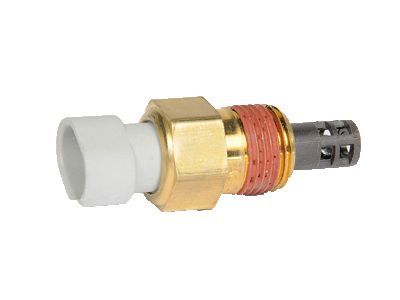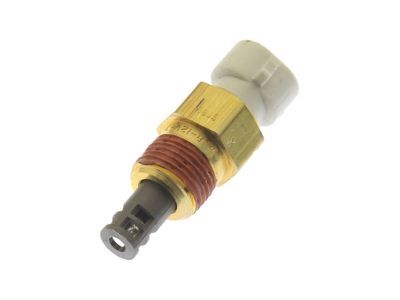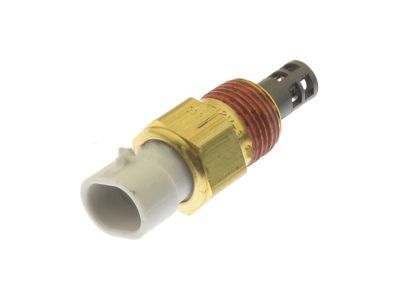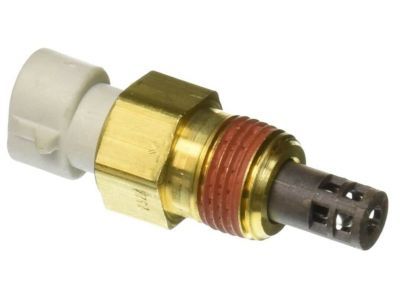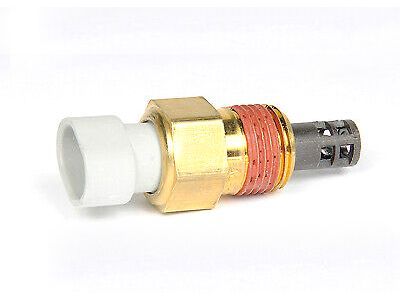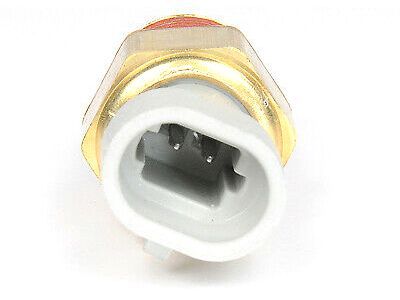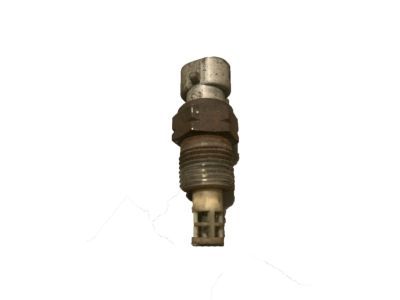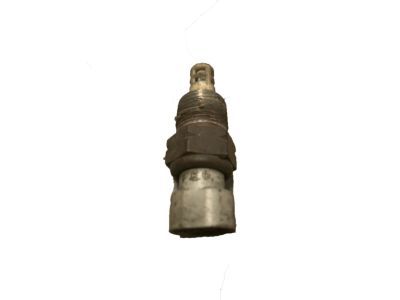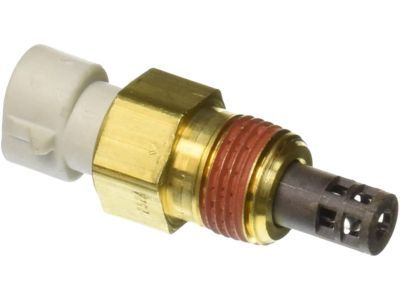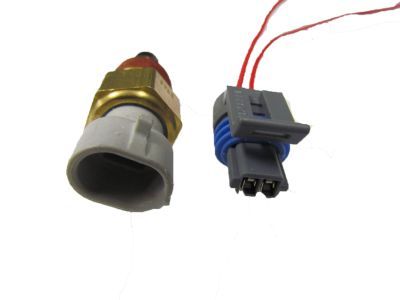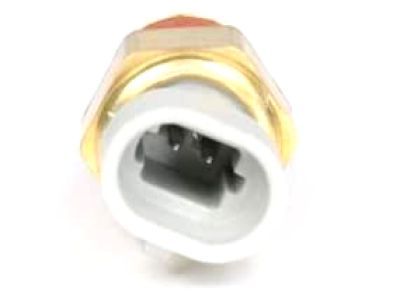
My Garage
My Account
Cart
Genuine Pontiac Fiero Intake Manifold Temperature Sensor
Air Intake Temperature Sensor- Select Vehicle by Model
- Select Vehicle by VIN
Select Vehicle by Model
orMake
Model
Year
Select Vehicle by VIN
For the most accurate results, select vehicle by your VIN (Vehicle Identification Number).
3 Intake Manifold Temperature Sensors found
Pontiac Fiero Sensor, Intake Air Temperature
Part Number: 25036751$42.04 MSRP: $71.89You Save: $29.85 (42%)Ships in 1-2 Business Days
Pontiac Fiero Intake Manifold Temperature Sensor
The Intake Manifold Temperature Sensor that is found in Pontiac Fiero automobile is important since it helps the car deliver the right combination of air and fuel during combustion. This information is reported back to the PCM and the fuel injector's timing is adjusted to keep an optimum A/F for several operations modes. Perhaps, Intake Manifold Temperature Sensors used in various models of Pontiac Fiero may be of different styles yet are built to fit correctly in the air intake system of the car engine. Damage to an Intake Manifold Temperature Sensor may cause poor performance as in stalling or incorrect air/fuel mixture which will set off a Diagnostic Trouble Code to the PCM. The working of Intake Manifold Temperature Sensor is very crucial for the adequate working and effectiveness of the Pontiac Fiero.
Each OEM Pontiac Fiero Intake Manifold Temperature Sensor we offer is competitively priced and comes with the assurance of the manufacturer's warranty for the part. Furthermore, we guarantee the speedy delivery of your orders right to your doorstep. Our hassle-free return policy is also in place for your peace of mind.
Pontiac Fiero Intake Manifold Temperature Sensor Parts Questions & Experts Answers
- Q: How should components like the coolant temperature sensor,Intake Manifold Temperature Sensor,MAP sensor,Neutral Safety Switch,Oxygen Sensor and Throttle Position Sensor be inspected or replaced on Pontiac Fiero?A:If a coolant temperature sensor wire circuit provides a flawed reading it may signal Code 14 or Code 15 to need wiring repair or sensor to be changed. To remove the sensor, the locking tab on the connector should be released and the connector disconnected from the sensor, the screw of the sensor should be unscrewed very slowly. Lay hands on the coolant sensor delicately since normal impacts can interfere with the operation of the fuel injection system. To improve its anti leakage and anti corrosion capability, wind round some Teflon sealing tape around the threads of the new sensor before installing and finally tightening it. Cases where the Manifold Air Temperature (MAT) sensor fixed at the air cleaner housing will cause Code 23 or Code 25. To remove it, disconnect the wire harness and unscrew the sensor; to install it follow the inverse procedure. The Manifold Absolute Pressure (MAP) sensor monitors pressure fluctuations in the intake manifold due to load or speed of the engine; failure results to code 33 or code 34 and affects fuel supply and timing of the ignition. Exhaust oxygen sensor, installed in the exhaust manifold, controls oxygen content and assists ECM to modify the fuel mix. The presence of an open oxygen sensor triggers Code 13 while low and high voltage conditions trigger both Code 44 and Code 45, the symptoms of which can also be associated with fuel system problems. The Turbocharger Boost Control Solenoid is a solenoid located in the intercooler pipe and is controlled by the ECM with reference to boost pressure and engine speed; a faulty Turbocharger Boost Control Solenoid may cause Code 23 which can result in turbocharger lag and richness in fuel delivery. The Park/Neutral switch informs the ECM when the transaxle is in Park or Neutral, which affects Transaxle Converter Clutch and idle air control valve; if this switch is disconnected while driving, it will cause idle quality problems and false codes. The ECM is connected to the starter solenoid to monitor engine cranking while the A/C 'On' signal in turn helps the A/C selector switch position for change in idle speed. The vehicle speed sensor transmits a pulse voltage signal to the ECM and this is converted into miles per hour to control TCC system, the distributor incorporates signals to ECM concerning the rpm and crankshaft position of the engine.
